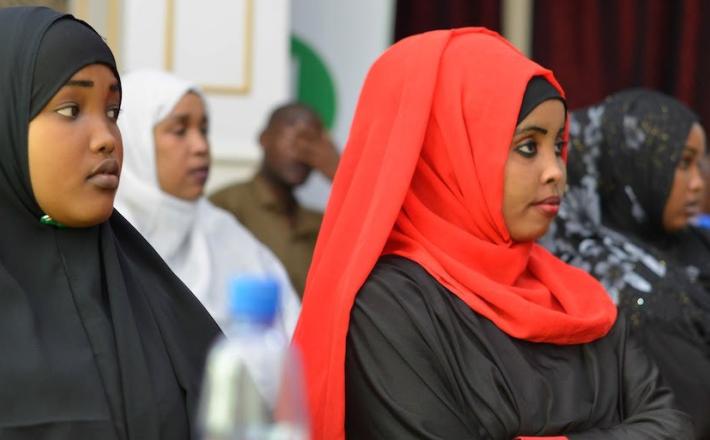Women claim their place in Somalia’s politics
Source: ISS Africa
Despite some gains, female politicians face an uphill battle in reaching the country’s 30% quota.
Women’s participation in Somali politics has traditionally been low, and a controversial topic in the country. Somali society typically ascribes to more conservative notions of a woman’s role in family and community life, rarely envisioning a position of political leadership in a male-dominated system. This has been changing, but there’s a long road ahead.
Politics is just one indicator of the larger dynamics regarding women’s empowerment in Somali society. In the 2016/17 selection process for a new parliament, Somalia enacted a 30% quota for women’s participation. Of the 329 prospective members for both houses of parliament, at least 99 should have been women.
This 30% quota was declared for previous Somali electoral cycles, but with limited results. In 2012, women garnered 14% of parliamentary seats, less than half the required amount. That was an improvement from the 2000s, however, when women occupied approximately 8% of seats.
Click here to read the full article published by ISS Africa on 14 September 2018.

Despite some gains, female politicians face an uphill battle in reaching the country’s 30% quota.
Women’s participation in Somali politics has traditionally been low, and a controversial topic in the country. Somali society typically ascribes to more conservative notions of a woman’s role in family and community life, rarely envisioning a position of political leadership in a male-dominated system. This has been changing, but there’s a long road ahead.
Politics is just one indicator of the larger dynamics regarding women’s empowerment in Somali society. In the 2016/17 selection process for a new parliament, Somalia enacted a 30% quota for women’s participation. Of the 329 prospective members for both houses of parliament, at least 99 should have been women.
This 30% quota was declared for previous Somali electoral cycles, but with limited results. In 2012, women garnered 14% of parliamentary seats, less than half the required amount. That was an improvement from the 2000s, however, when women occupied approximately 8% of seats.
Click here to read the full article published by ISS Africa on 14 September 2018.